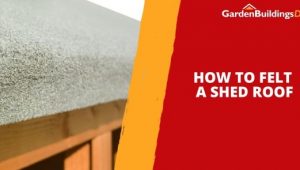Jump to:
Wasps love dark, dry spaces, which makes your garden shed an ideal target. If you want to keep your outdoor building wasp-free, follow these practical tips to prevent nesting and protect your space.
If you’re using a summerhouse or log cabin as a relaxing retreat, it’s worth knowing how to keep them free of wasps, too— especially if you’re considering buying one this season. The same goes for kids playhouses, which are great additions to the garden, but you’ll want to keep wasps away!
1. Perform summer shed maintenance
Wasps are most active during the summer months, between June and August. As temperatures rise, queen wasps awaken from their winter hibernation. From there, they begin seeking suitable locations to build new colonies.
Take this opportunity to give your shed a thorough inspection. Considering how tiny wasps are, any cracks or holes they find can serve as entry points. Seal these openings with foam sealant without leaving even the smallest gap. Don’t underestimate their persistence!
Overhanging shed roofs are also appealing to wasps as places to make their nests. Sealant won’t cut it for larger areas like this. Instead, you can opt for wire or mesh screening and install it across the area. This is your best bet for blocking their entry and eliminating their ‘ideal’ nesting spots.
2. Keep the shed interior clean and free of clutter
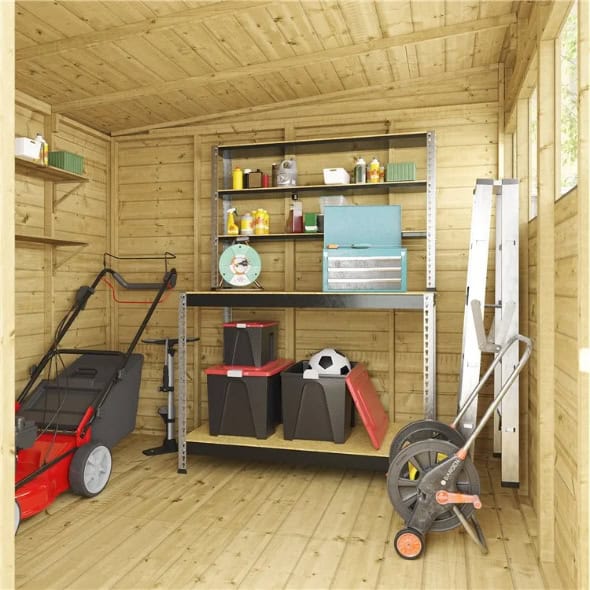
Wasps are attracted to several things, including food debris and rubbish lying around. While you’re at it, this is a great time to tackle the task you’ve been putting off since winter: cleaning your shed.
Take everything out so you can have a clear view of the space and make it easier to clean. Sort through items into categories and discard those you no longer need. The more clutter there is, the more likely it becomes for wasps to find hidden areas to build their nests.
Next, deep clean by sweeping and vacuuming the floor and shelves to remove dust, dirt, and cobwebs. Wipe down surfaces with a mild detergent and water solution to remove food residue and grime.
Wasps are particularly attracted to sweet, sugary substances and rotten fruits – quite possibly an issue in children’s playhouses if your kids take treats in there with them. If you have fruit trees in your yard, be sure to clean up fallen fruits regularly. Once items are organised and stored, make an effort to maintain tidiness in your storage shed. This will help prevent the environment from becoming inviting for wasps.
As a bonus, you will have more room to use the building as a garden workshop.
Check out our guide on ‘How to Easily Clean and Organise Your Garden Shed’ for more ideas.
3. Hang wasp traps
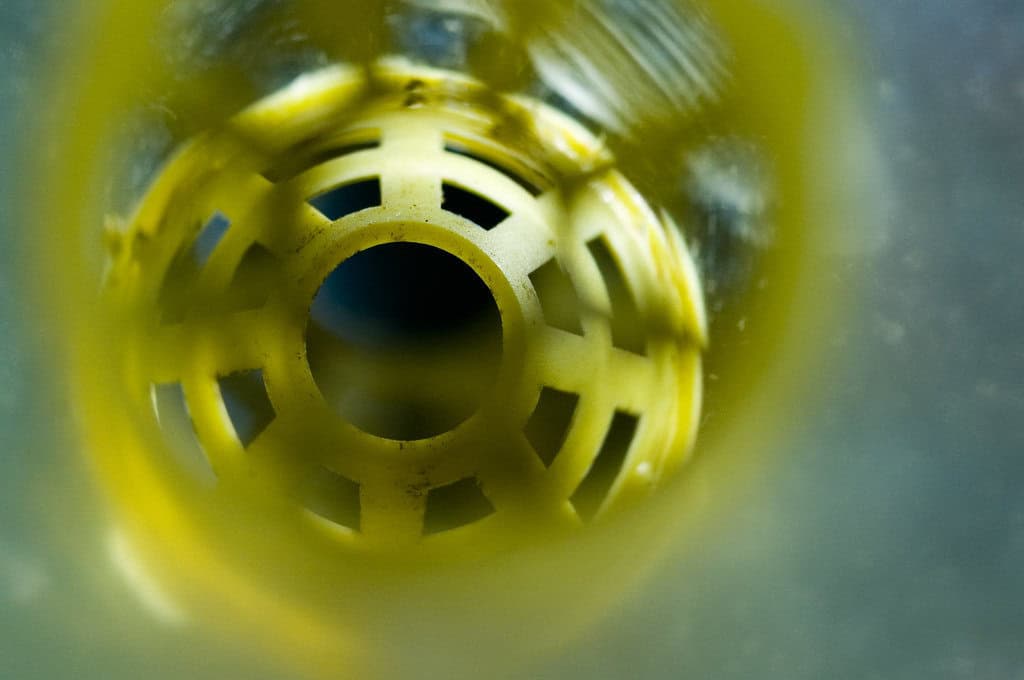
The first two points are preventive measures, but what can you do when wasps are already in or around your shed? Hang wasp traps!
Wasp traps work by luring insects inside with bait and are poison-free. Just fill the trap with beer, cider, or fruit juice. The wasps will get in but won’t be able to escape, eventually drowning in the liquid. Depending on the brand, these traps can catch around 100 wasps before they need to be emptied. Make sure to have spares on hand!
Alternatively, you can make your own trap using a clear plastic or glass container. Fill it with sugar-infused water and place it in areas where the wasps have settled.
4. Introduce wasp-repellent plants
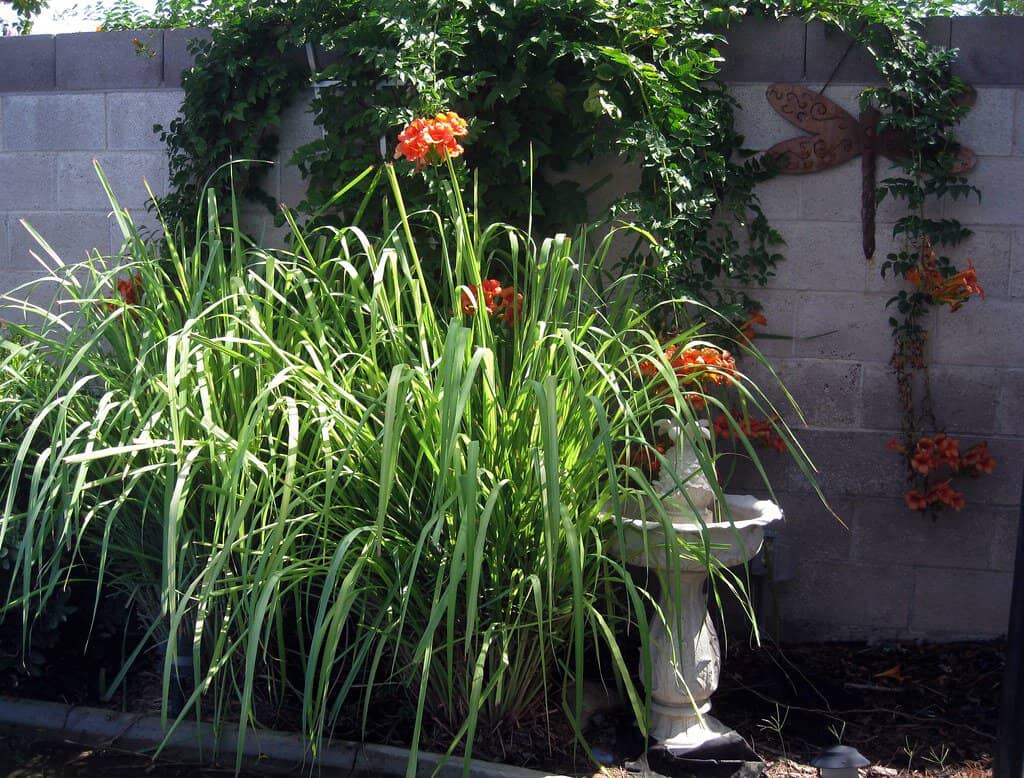
Many plants provide strong, overwhelming scents, which wasps dislike. Consider adding lemongrass, spearmint or eucalyptus to your landscape and around the shed. Their strong citrus and earthy fragrances and minty aroma are good deterrents.
These plants will not only keep wasps at bay but also enhance your garden’s aesthetic appeal. Even better, you can use these natural alternatives for repelling mosquitoes. It’s a win-win situation!
5. Set up wasp decoys
Wasps are territorial creatures. If they sense another colony present in the area, they tend to move on and look elsewhere. That’s why decoys, such as fake nests, come in handy.
Fake nests are designed to discourage these insects from settling near your shed. While wasps aren’t afraid of a fake nest, they prefer not to invade another colony’s territory. Hang it around your wooden shed or yard, and wasps will be far more inclined to stay away. You can buy fake nests at many home and garden centres or online — DIY.
Note: This technique also works not only for sheds but also for workshops, log cabins, and kid’s playhouses. Remember, every garden room deserves to be free from wasp invasions!
6. Build a wasp hotel
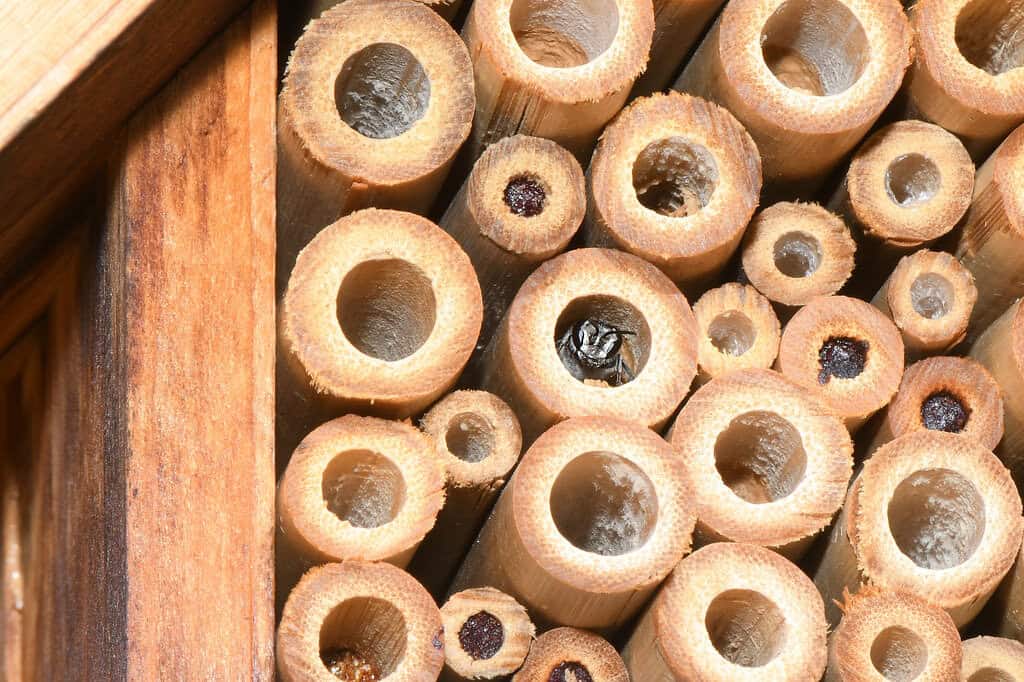
Wasps can be annoying, especially if you get stung by one. However, these insects are actually important in keeping the ecosystem balanced. They, for one, provide us with natural pest control, ironically. Considering this, you may want to opt for the nicest option, such as providing them with a ‘wasp home’.
This idea is similar to a bug hotel, except it’s specifically for accommodating wasps. Build a wood structure with multiple rows and small holes for them to nest in. Place it away from your shed and other heavily frequented garden areas.
How to Get Rid of Wasps in Your Shed
Got wasps already hanging around your shed or garden? Try these methods to avoid making the problem worse:
Find the nest and be careful with it
If you spot a wasp nest, have a good look at how big it is and where it’s tucked away. Small nests you might be able to handle yourself, but if it’s a big one or in a tricky spot, it’s safer to call in the pros.
Wasps are usually less active at night or early morning, so if you’re tackling it yourself, those are the best times. Wear protective gear, like full-body coveralls with a hood and gloves, for your safety.
Spray as you go
You can pick up wasp sprays from most garden centres that kill on contact and take out nests. Try to find one with a long spray range so you can keep a good distance. Follow the instructions, spray the nest, then back off straight away. You might need to repeat this until the wasps clear off.
Wasp sprays are aerosol insecticides that contain pyrethrin or pyrethroid. They work by disrupting the insect’s nervous system upon contact.
Take the natural approach
A good blast of soapy water can do the trick if you wish to skip the chemicals. Mix a few squirts of washing-up liquid with water in a spray bottle and aim it at the wasps or the nest entrance. This will clog their breathing and stop them from flying.
It’s a more eco-friendly option, though you might need to repeat it a few times.
Stay calm and don’t flap about
Wasps can get defensive if they think they’re under threat, so the best thing you can do is keep your cool. Sudden movements or waving your arms about will only wind them up. Stay still and move away slowly to avoid getting yourself stung.
Round-up
We hope these methods help keep wasps away and prevent nesting in or around your shed. In serious cases, we recommend calling in the services of a professional exterminator. Overall, we’re certain you’ll have luck with these tips!
For more, read this next: How to Keep Insects Out of Your Summerhouse





